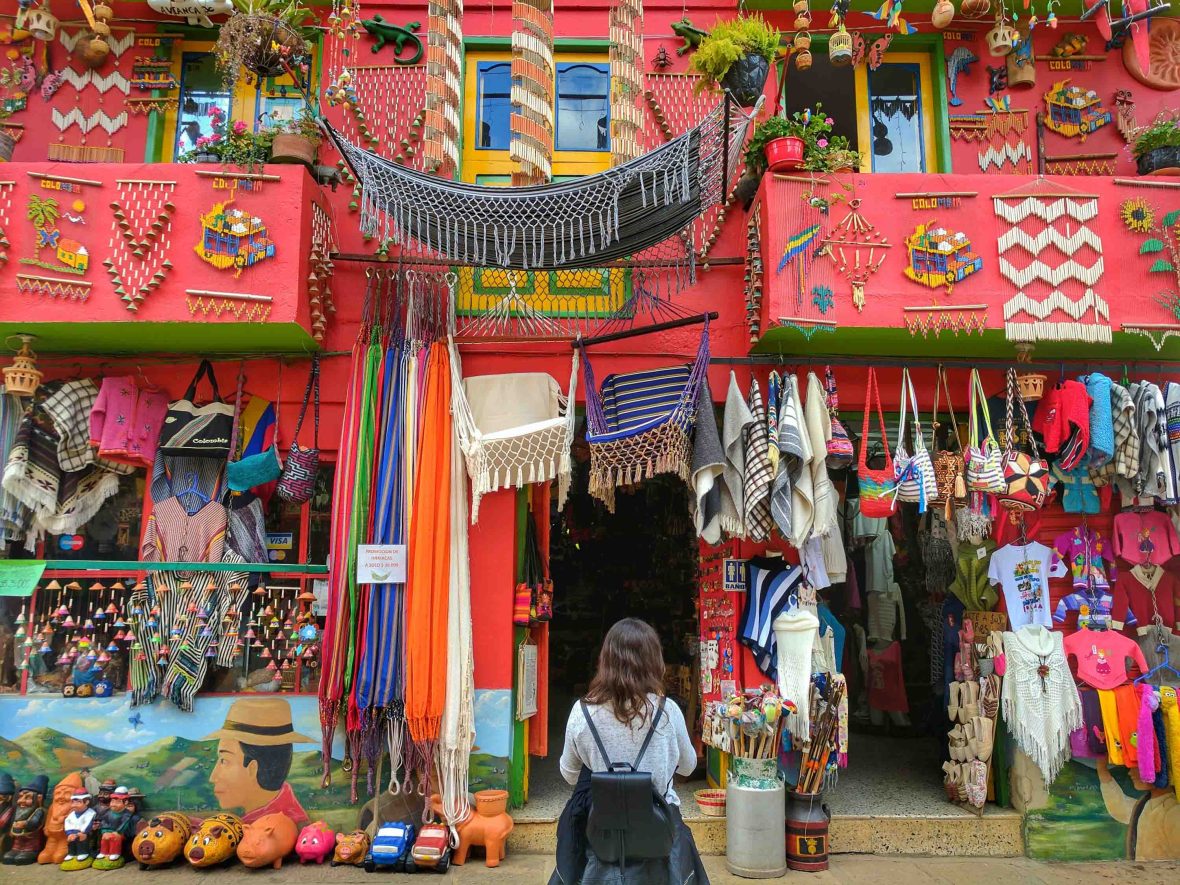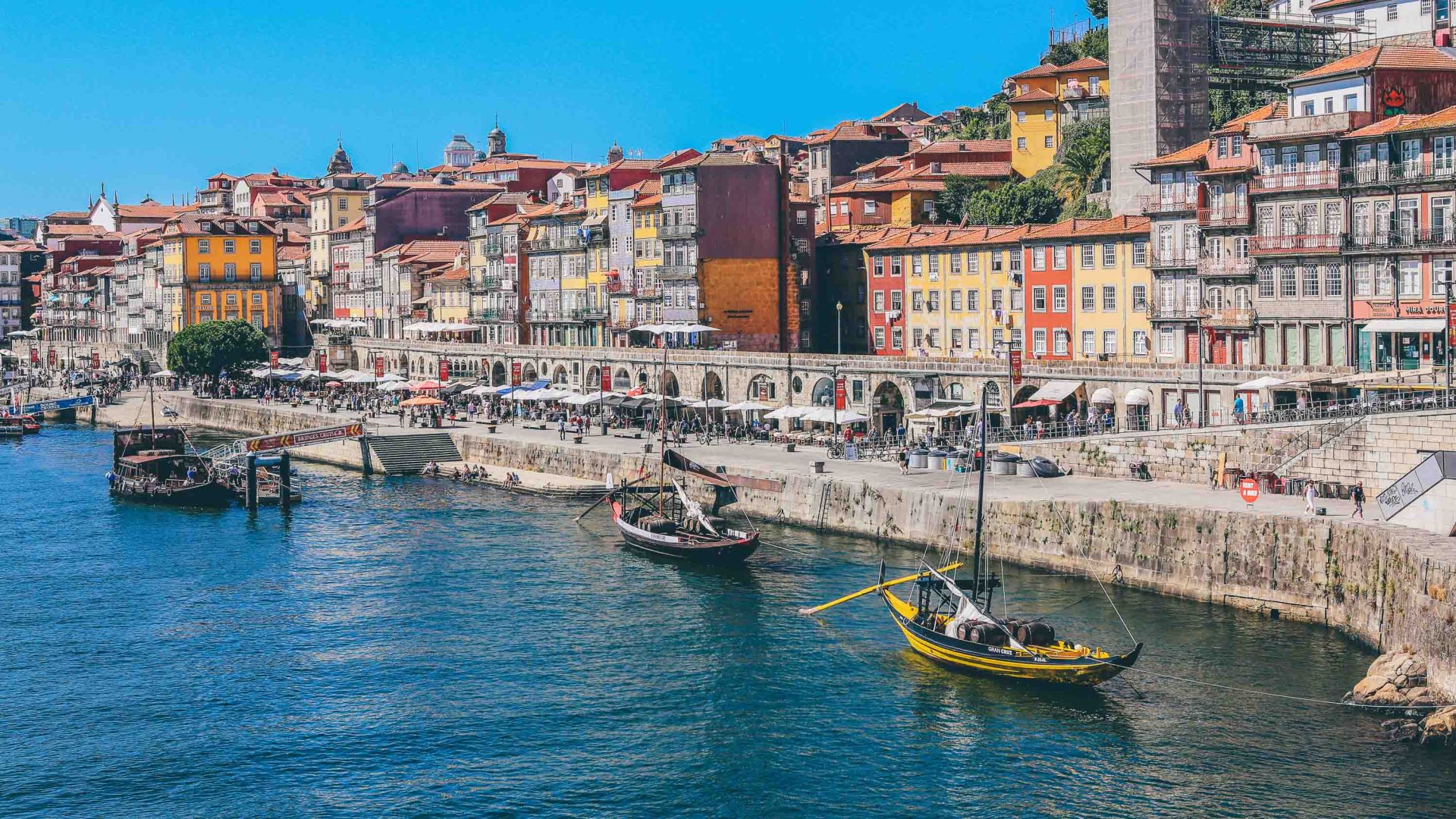An early adopter of the digital nomad lifestyle, Nick Hilden has seen the Mexican town of Puerto Escondido boom—and admits one of his articles may have helped fuel it. He explores the benefits, problems and solutions of temporary communities, and how long-stay visitors can benefit the community they’re living in.
Cities small and large around the globe—from Puerto Escondido to Lisbon, Chiang Mai to Medellín, Ubud to Mexico City—are floundering under the rising tide of so-called ‘digital nomads’. An expanding class of location-independent workers, you’ll find them wherever the cost of living is low, the visa rules amenable, and the wifi decent. They travel to make the most of the opportunities for experience afforded by remote work—which seems reasonable enough—but their growing numbers tend to bring problems wherever they go.
Local families are priced out of their own communities as homes are converted to high-cost Airbnbs and stronger currencies from abroad drive up prices. Traditional aesthetics are replaced by foreign-friendly, Instagrammable design. Infrastructures are overwhelmed. And in the case of some of the more festive destinations, what I call Tulum Syndrome [the Mexican beach town of Tulum] sets in by which a place becomes submerged in a more or less ongoing party, and local people end up attempting to fall asleep nightly to the thump of bass and drunken racket.
I am somewhat embarrassed to admit that I directly contributed to the rise of said syndrome in one place in particular when I began writing about Puerto Escondido back in the mid-2010s. Today, the town has become so inundated with digital nomads that organizations like SOS Puerto have emerged to advocate for sustainable tourism—an effort that we travelers would be smart to support if we’d like the places we visit to maintain the charm that draws us there in the first place.
















